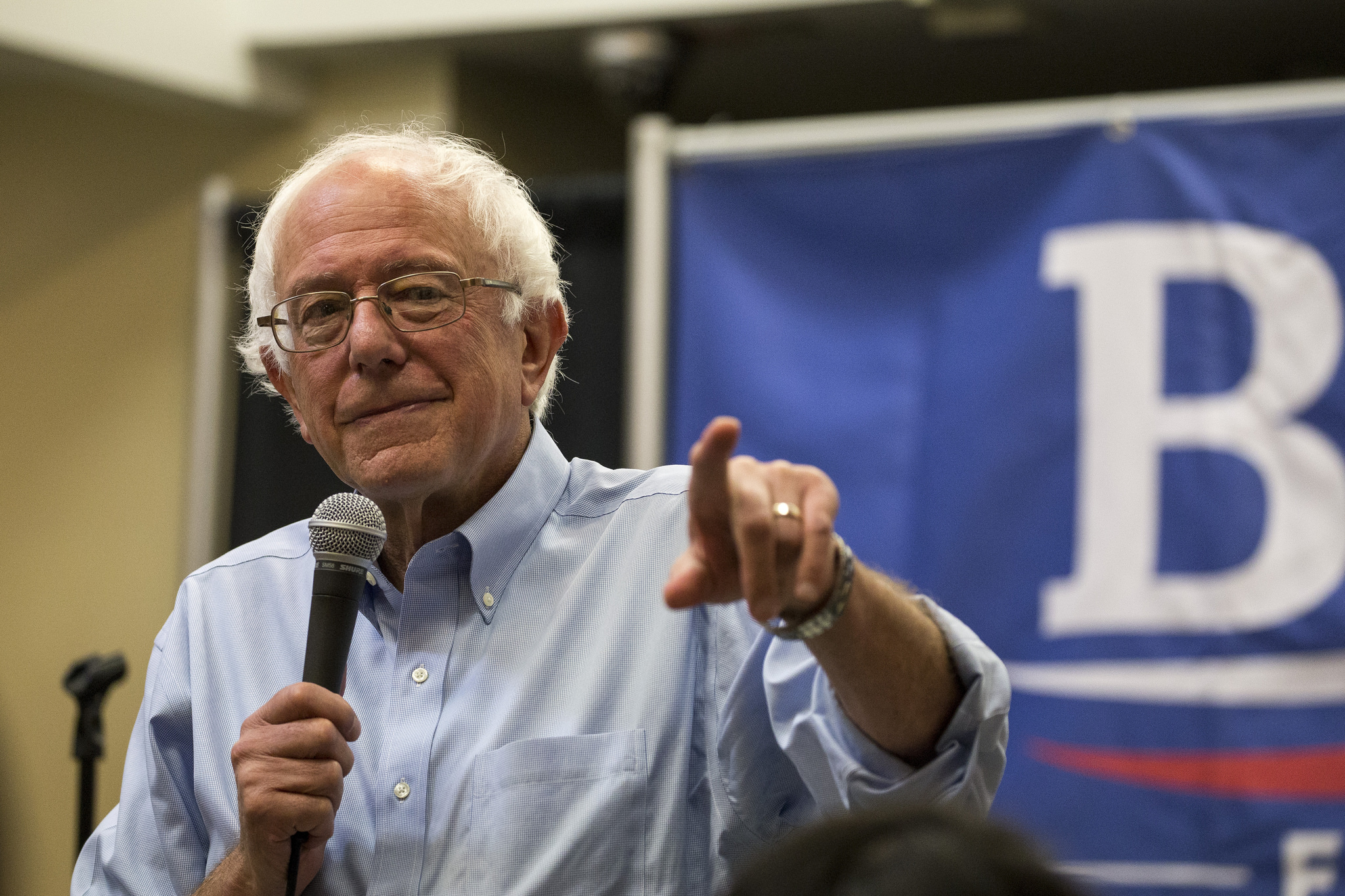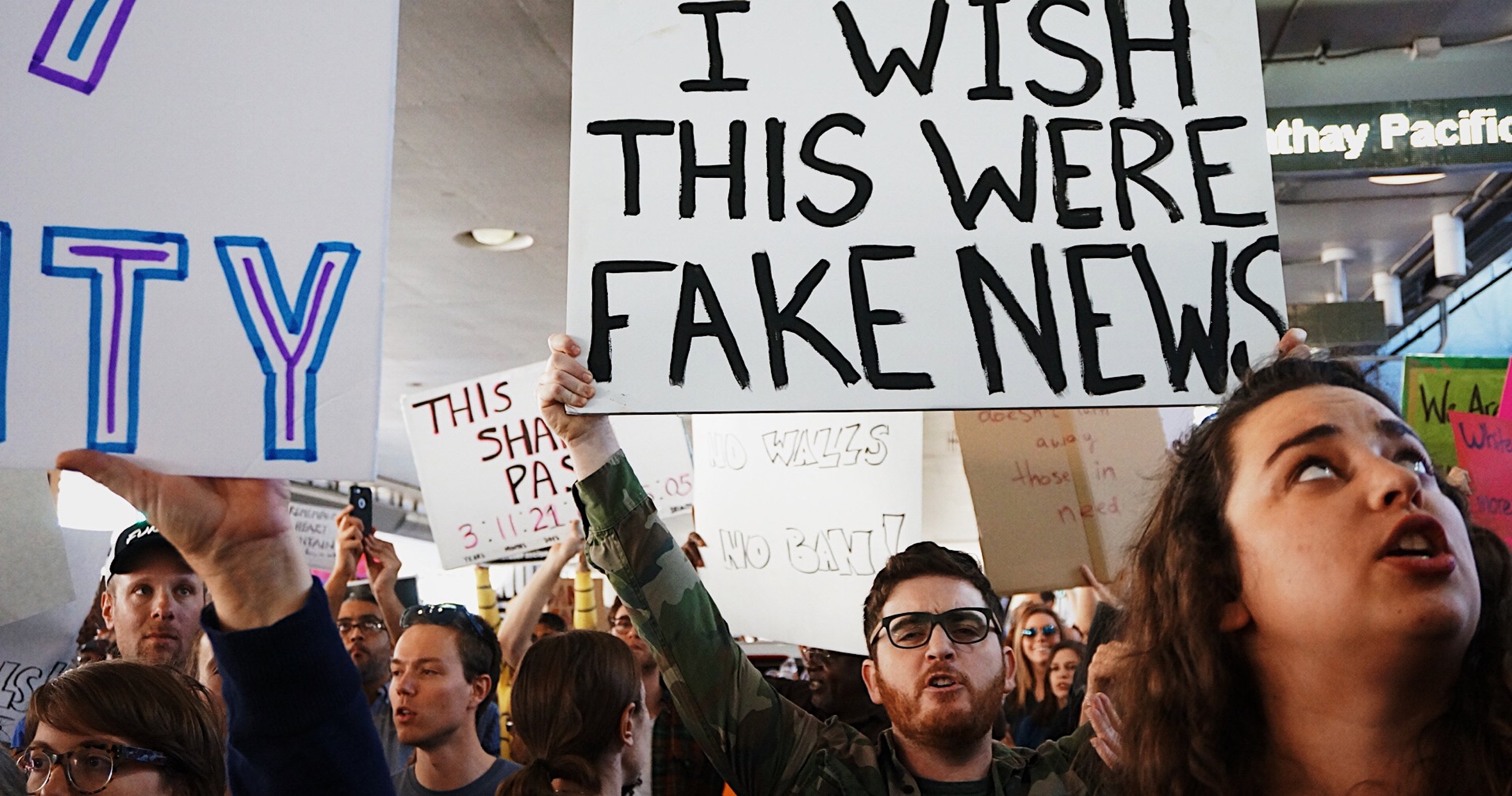
Bernie Sanders Fans: Don’t Despair, Organize
Can the Berners move their enthusiasm down-ballot?

A version of this story ran in the July 2016 issue.

Social movements are entropic. They form, spontaneously or slowly; they make their mark, or not; and then they fade. Sometimes the change movements bring is long-lasting and structural, and sometimes it’s harder to see. What should left-leaning folks and young people hope will emerge from the unexpected success of the Bernie Sanders campaign? And what’s likely to happen?
Sanders’ critics contend that his campaign was an aberration, and his success among young voters an anomaly that points to no clear future. Senator Barbara Boxer suggested that young people like Bernie simply because he reminds them of their grandfather. This glib analysis didn’t come out of nowhere. It reflects deeply ingrained disdain for leftists among some professionals within the Democratic Party. But this contempt ignores the searing economic pain young people have experienced in the last decade, and the need for a sustained challenge to old modes of thinking.
We should hope that Sanders and the party reconcile and that he encourages his many new voters to stick with the hard work of changing the party, rather than dropping out.
Many millennials know someone who has fallen behind, thanks to debt and the job market, and may never really catch up. Many blame Wall Street — by which they mean the financialization of the American economy and the successive generations of politicians who enabled it, including Bill Clinton.
For some on the left, the crash was an opportunity, in the sense that it helped radicalize many politically aware folks. The sudden, wrenching pain helped call attention to systemic economic problems, such as stagnant wage growth and increasing wealth inequality.
Sanders’ campaign is in some ways a successor to Occupy Wall Street, which rose from nothing and then abruptly faded in 2011 and 2012. The achievements of Occupy organizers are mostly intangible: They eschewed electoral politics, but rallied the left after a bleak two years and changed the national conversation on the economy. For some to the left of mainstream liberal politics, the Sanders campaign is another salutary step advancing interest in radical politics and alternatives to organizing within a political party.
To that end, some welcome the anger from those who believe the primary was stolen from Sanders and may give up on the Democratic Party. Democrats, fat on corporate money and broadly supportive of the status quo, are a dead end, they believe. Why bother?
Though the Bernie-or-busters have attracted a lot of attention, it’s unclear how many people actually fit this category. Many who organized for Sanders this year are committed party activists who are going to continue to do the hard work. And in all but a few states, it doesn’t matter one iota if a small number of Bernie fans withhold their votes in November. But we should hope that Sanders and the party reconcile and that he encourages his many new voters to stick with the hard work of changing the party, rather than dropping out.
Sanders said that if he were elected president, he would seize the bully pulpit and use his organizers to sweep Congress, giving himself governing power. That’s deus ex machina politics — and it’s dangerously unrealistic.
Change begins not at the very top of the national political hierarchy but in the many layers below. The place where government power most often meets the working class is in state legislatures, which oversee the provision of education, welfare and health care. A Sanders-style campaign, driven by personality and media coverage, isn’t possible for a statehouse seat. Down-ballot races depend almost entirely on the popularity and strength of the state and local party apparatus. Republicans get that. Right now, a Republican governor presides over a Republican legislature in 23 states. Democrats have seven.
Top-down approaches to political change appeal in part because they’re easy. But building a lasting political movement on the remnants of the Sanders campaign is going to be a grueling and slow process. His legacy depends on convincing people to stick with it.


